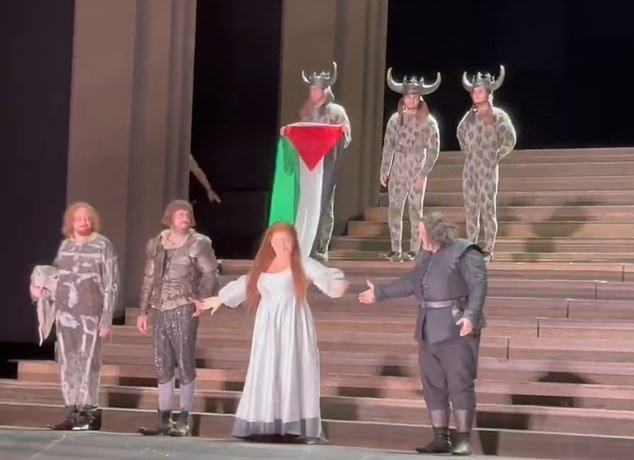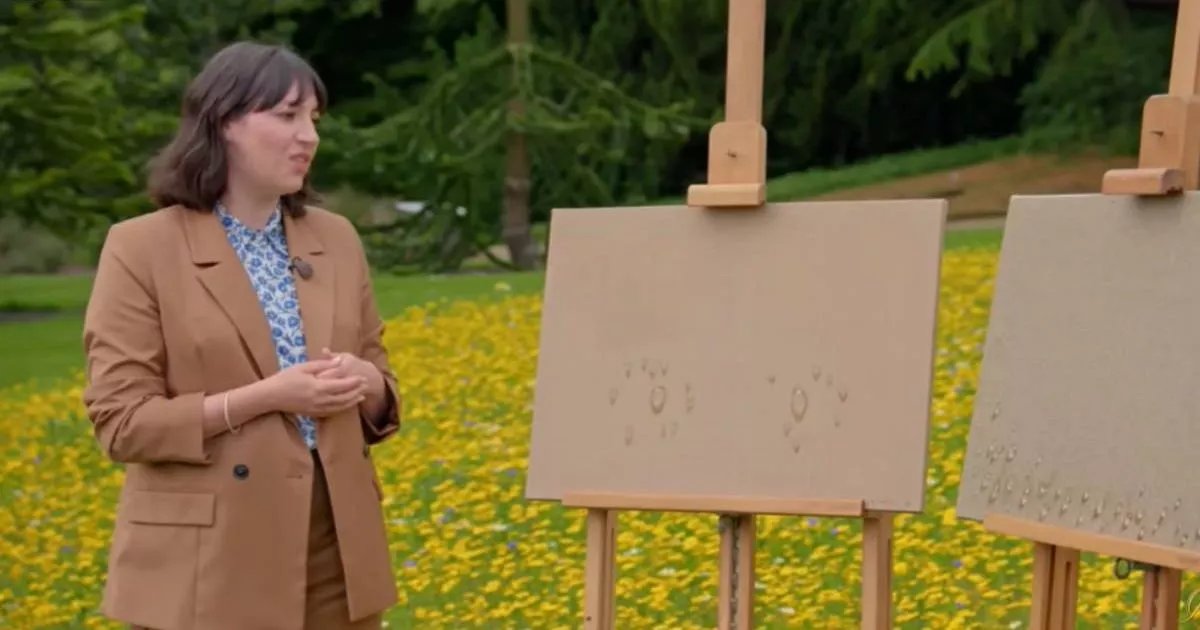The Sharjah Art Foundation is presenting several new and rarely-seen acquisitions in an exhibition that highlights the significance of drawing as an artistic discipline, ultimately going on to challenge preconceptions held against works on paper.
Drawing Time: Duets is running at Al Mureijah Art Spaces until August 4. The exhibition brings together works by 15 international artists. Through careful pairings, the show explores how drawing as a practice pivots on self-reflection and self-affirmation, in both individual as well as collective contexts.
At times, the paired works come from the oeuvre of a single artist. In others, pieces by different artists are brought together to evoke unexpected and thought-provoking connections.
An example of this is the pairing between David Koloane’s Acolytes and Theaster Gates’ video work Billy Sings Amazing Grace. At first, it may seem strange that a video is being featured in an exhibition dedicated to drawing, but there’s a poetic thread that resonates from the work across the whole exhibition.

In Acolytes, a work on paper, Koloane depicts a congregation of people taking part in a Christian communion. The figures are depicted using various media and with a heavily textured touch. Billy Sings Amazing Grace, meanwhile, deals with a similar theme, showing a rehearsal for a communion with evocative and ritualistic choreography. Facing Koloane’s drawing, viewers undoubtedly will hear Gates’s video sounding from behind them, instilling an experience that connects the musical and the visual.
“The two works speak to a similar act of communing around love, faith, belief and a shared act of wanting to belong to a particular space and time,” curator Omar Kholeif tells The Natioanal. “There’s a real beauty in that.”
However, there is an element in Billy Sings Amazing Grace that, Kholeif says, metaphorically reflects on the process of drawing itself.
“The trilling of the voice, the way the voice moves through tones and semi-tones, that in itself is akin to the dexterity of the hand when it creates a specific act on a piece of paper,” says Kholeif, who is also director of collections and senior curator at Sharjah Art Foundations.
He also notes another point of comparison between the video work and how it reflects upon drawing, this time not so much the discipline itself but its perception within the art world. “The work is a rehearsal of a communion,” he says. And yet, Billy Sings Amazing Grace is a ritual in of itself, rehearsal or not, it is its own complete scene. In that way, the work touches upon Kholeif’s insistence that “drawing isn’t a preparatory act”.
Drawing often gets a bad rap in the art world. The discipline is unfairly viewed as a precursory practice, something that would eventually lead to a more dignified art form, such as painting on canvas. This prejudice lends itself to works on paper as a whole, as well as to artists who choose paper as their primary medium.
“I was very perplexed by this idea that somehow artists who use paper as a predominant space for making and thinking about their work were somehow perhaps seen as less valuable,” Kholeif says.
Drawing Time: Duets seeks to upend that notion. It also seeks to bring attention to the fact that paper is a materially inextricable from the region’s “cultural heritage, tradition and history of how we make work.”
In an essay within the exhibition’s booklet, Kholeif touches upon the significance of works on paper in the cultural fabric within Africa and Asia, going back centuries. The exhibition itself provides testament to that fact, but within a modern and contemporary landscape, showcasing works by the likes of Ibrahim El-Salahi, Kamala Ibrahim Ishag, Ibrahim Massouda and Farldeh Lashal.

One interesting pairing is between a sketch book by Amal Kenawy and a notebook by Hassan Sharif. The two underscore the legitimacy of not only drawings, but sketchbooks and notebooks as artworks in their own right. In Sharif’s notebook, Days – Months – Years No. 3-A, the artist employs an idiosyncratic notation system, using numbers and geometric patterns as a poetic exploration of how time is perceived. Kenawy’s work, on the other hand, uses watercolours in a sketch book that opens up to a one-point tunnel perspective, figuratively immersing viewers into the artist’s world.
The two works together contribute to the exhibition’s exploration of drawing as an act of thinking and self-reflection.
Another arresting pairing comes through an untitled 1987 work by Omer Khairy, which is displayed beside The Under World by Mounir Canaan, produced sometime in the 1950s. Aesthetically, the two drawings are distinct in style and yet share certain commonalities.
Canaan’s The Under World takes it cue from the coastal culture of his native Egypt, yet depicting a landscape with a monochrome that is uncanny and almost harrowing. The sun sets against a reflective sea. Bean pods are depicted in a way that resemble boats. There is an easel set up along the shoreline, and an oud player plucks at his instrument with his head dropped in melancholy. These elements are not at the forefront.
Rather, it is the people in the drawing, and how they are portrayed, that gives the work its charge. Figures are represented in anxious and frenzied poses, and with unnerving smiles. One figure is depicted squatting, and with her hands drawn in pincer-like fashion. Her hair is frazzled and her gaze hollow.
Khairy’s piece also depicts the coastal bustle, and though doesn’t quite have the surreal quality of The Under World, it nevertheless is no less frenzied and kaleidoscopic. Using thickly-set ink, the Sudanese artist depicts an everyday scene along the harbour. Intersecting circles, superimposed against potent cross hatches gives the drawing a certain vibrancy. Like The Under World, the work is a landscape to deconstruct, containing a multitude of events in one scene.
Khairy is, in some way, a star of Drawing Time: Duets, with several works by the Sudanese artist being presented. The exhibition has a special section dedicated to Khairy, and also displays pages his The Scuncucur Biography, a typed and handwritten manuscript that details the life of Khairy’s alter ego, a fictional English explorer named George Edward Scuncucur. Khairy often signed several works with both his own name as well as that of Scuncucur.
The exhibition regularly points out to the duality present between what is on the artist’s mind and what they render on the page. Kholeif says this conversation had its roots in examining Khairy’s life and work.

“The idea that an artist can embody double consciousness came very much from Khairy’s archive,” Kholeif says. “Khairy, due to context and social circumstance, spent their entire life in Sudan, but also co-signed many of the works as George Edward.”
The character that Khairy created travelled through time and space, having seen frescoes in Italy and even engaging with Michelangelo.
“George Edward opened up a space in Khairy’s imagination,” Kholeif says.
Overall, Kholeif says he hopes Drawing Time: Duets challenges misconceptions people have about drawings and works on paper. The exhibition, after all, after a two-year research project into conserving paper, and which involved works by artists including Khairy.
“There’s a presumption that works on paper are harder to conserve, and that also that somehow they bear a lesser legitimacy than works on canvas,” Kholeif says.
He adds that collectors and institutions have often been hesitant about acquiring works on paper, but stresses that it is a material that is more resilient that most people give it credit for.
Updated: June 28, 2024, 6:02 PM






